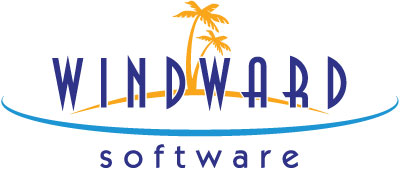
 |
|
See also: Tax Names, Tax Reports
After setting up Tax Table and Tax Names, the Tax Number window allows for specifying the company tax number to be displayed on invoices. In Canada, for instance, this would be your company G.S.T. number.
Where applicable you can then: specify tax (G.S.T.) credit information, set up Contractor tax in two ways; either by flagging an invoice as a contractor invoice or by associating a Contractor tax to individual inventory items, and track the Duties and /or Tariffs owed Customs and associate individual inventory items with the appropriate code (s).
To label taxes, select Setup Tools> Setup Wizard> Taxes> Tax Number. The Tax Number window shown in Figure 1 appears.

Figure 1: The Tax Number window
The Tax Number text box allows up to 35 digits and is numeric only. If your tax number is alphanumeric, in your Invoice Form Designer, you should set up a text field for this number with your tax number specified so it prints automatically on the invoice (Items-> Special group> Text and in the Text text box enter the tax number).
Click the button to create ledger numbers as specified in the tax table. This is typically only performed once when you are initially setting up your system.
When you check the Use Cash GST Reporting for Tax Reports, on the GST Report only the Settings and Report tab are available. Whether you use cash tax reporting is dependent on the regulations governing your area. With this type of reporting there is no way to reconcile with the General Ledger.
Conditions for cash tax reporting:
With the Use Cash Basis Tax reports (non-GST) option, the tax report will list each invoice that has a payment made during the period. The date will be the payment date. If multiple payments are made in the same period, the invoice will be listed multiple times. The duplicate lines will have some totals greyed out, which means they are not added into the total. Any invoice that is not paid in full during the period will have its taxes reduced by a simple percentage of Payments / Invoice Total. These amounts will show in blue font. Any invoice without any payments will not show on the report.
Whether you use cash tax reporting is dependent on the regulations governing your area. With this type of reporting there is no way to reconcile with the General Ledger.
When you check the Always charge Tax on Tax even if the original item is tax exempt (Default OFF) check box, tax exempt customers are still charged the Tax on Tax amount on applicable inventory items. For example, if a First Nations Canadian purchases a bottle of coke, the bottle tax is still charged but not the federal or provincial taxes. IMPORTANT: The customer is tax exempt NOT the inventory item.
< Return to: Taxes setup overview